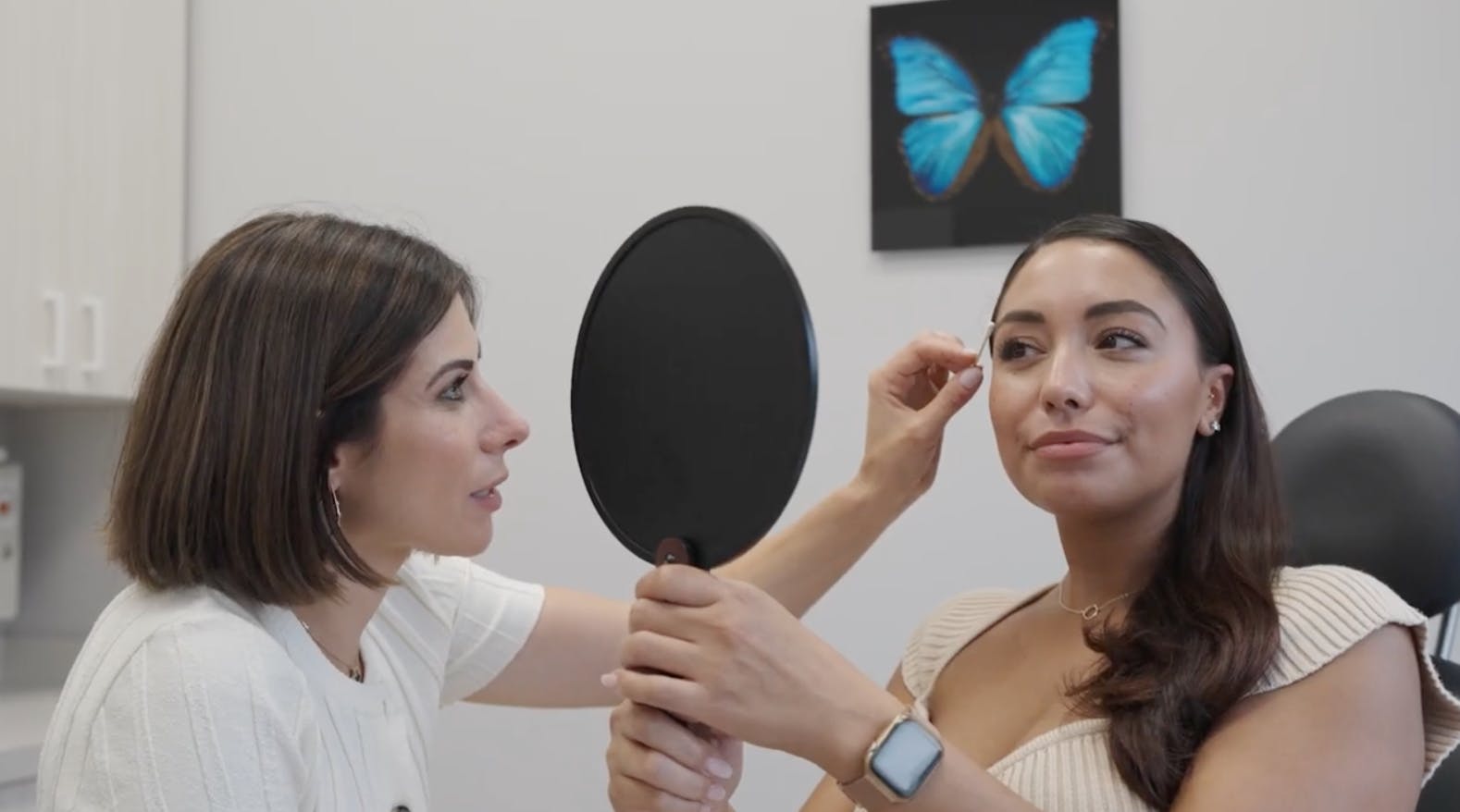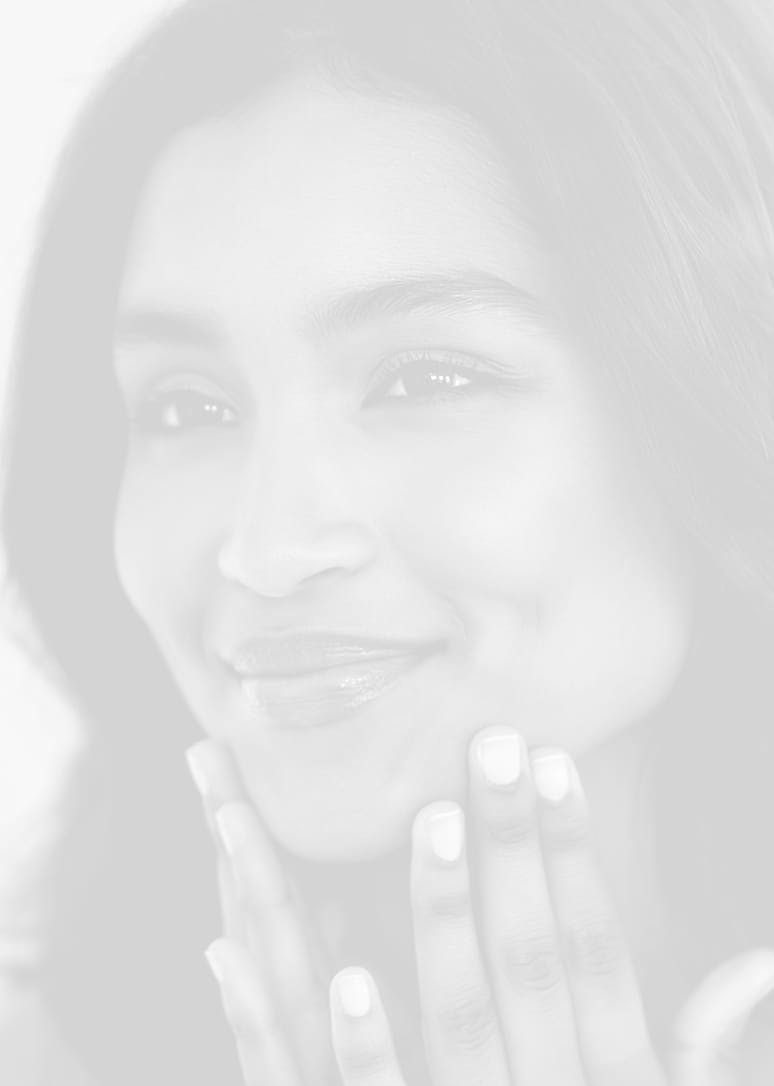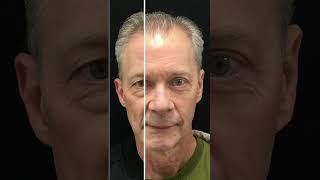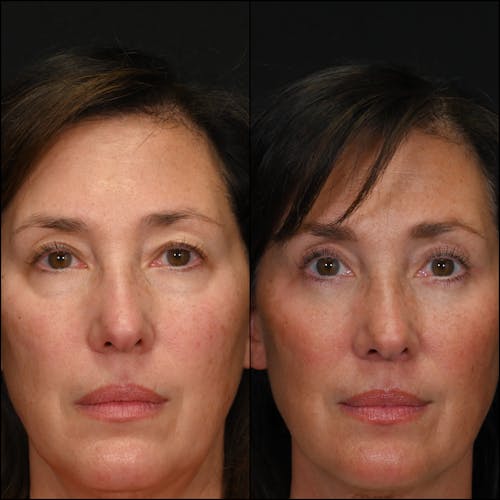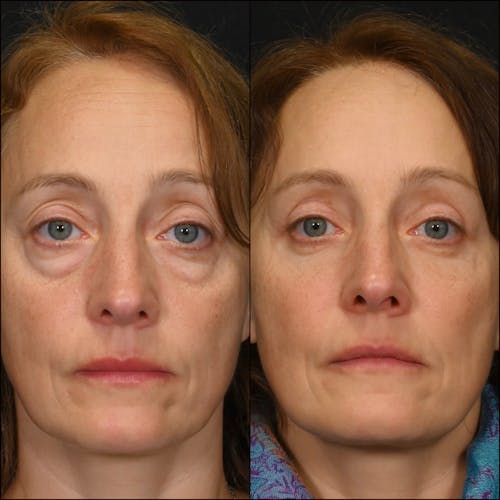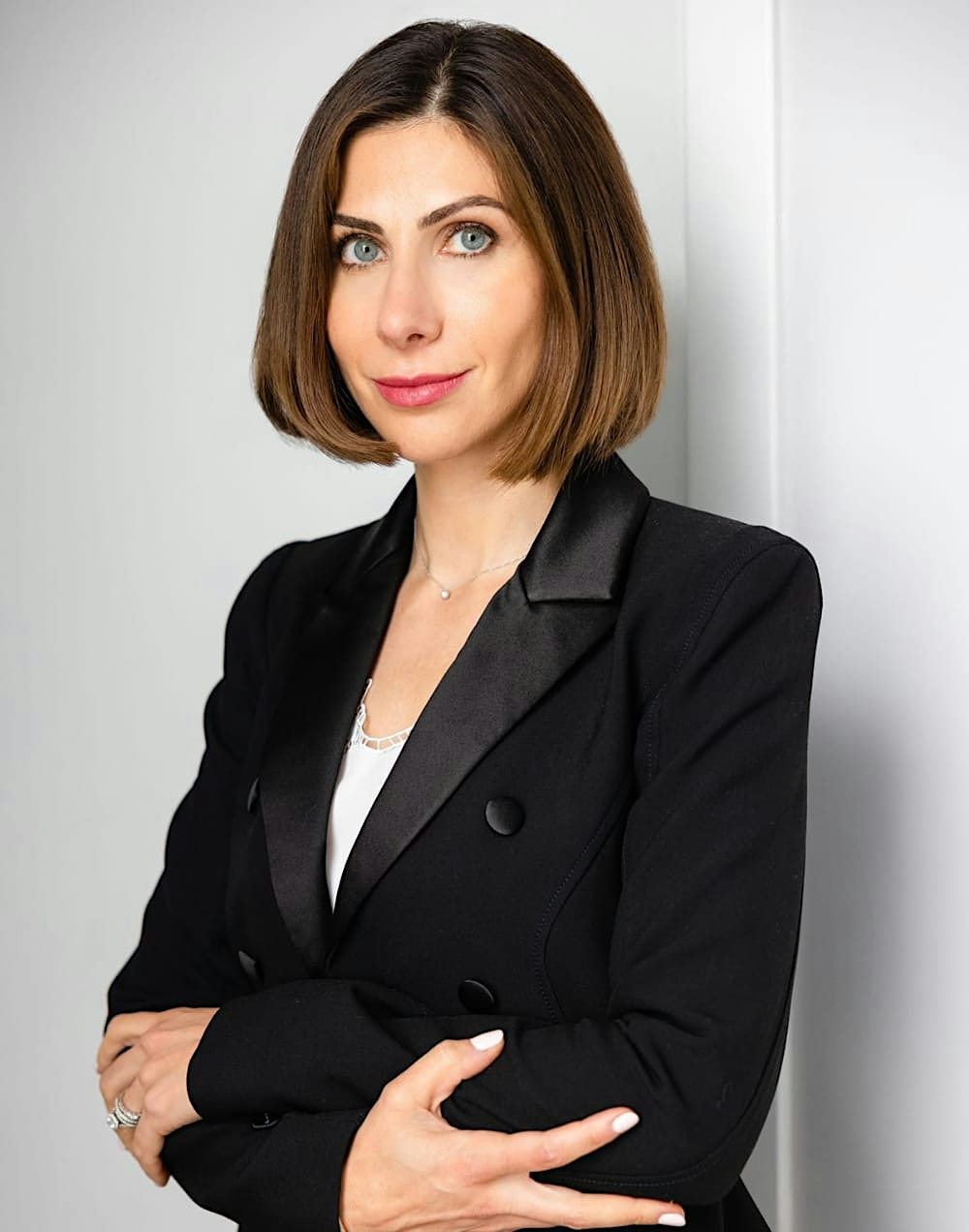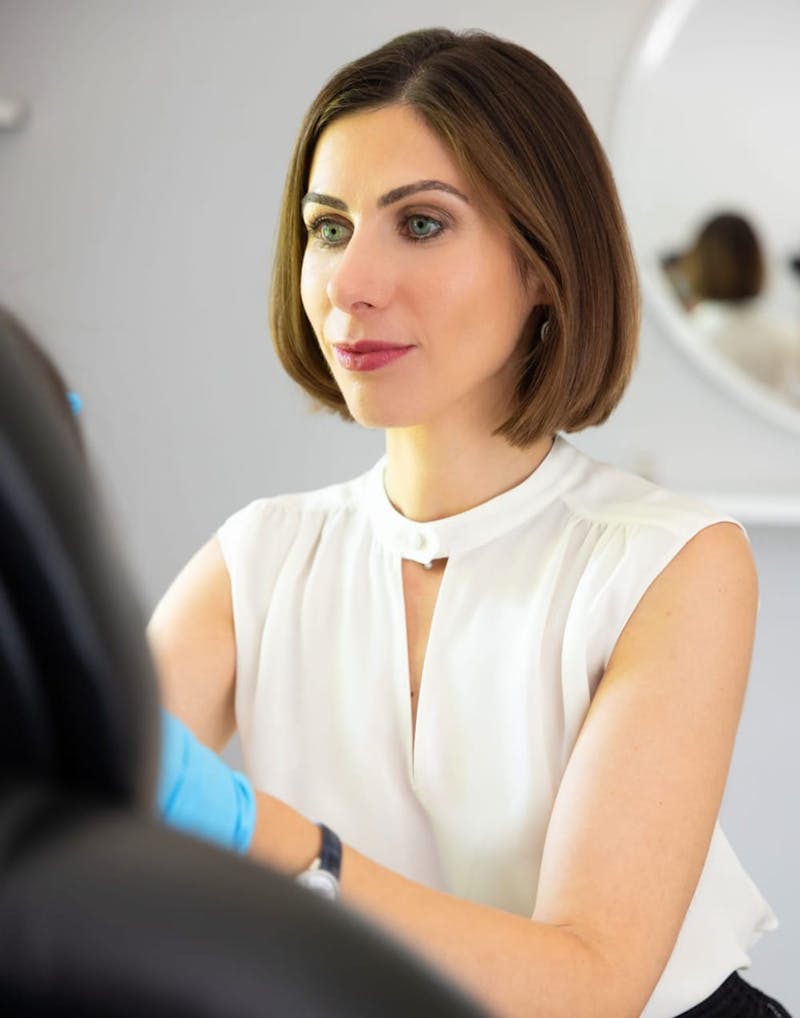The eyes are one part of our face that affects our entire facial appearance. Under-eye bags and dark circles can make someone look drawn and tired even when they feel energized and rested. In some people, under-eye bags become prominent as early as their teens and 20’s, unrelated to aging. The puffiness and secondary shadowing contribute to the appearance of dark circles, which may look worse in certain lighting conditions.
Lower Blepharoplasty Customized for You
Dr. Levin has been performing eyelid surgery for over a decade and knows there is no one-size-fits-all plastic surgery. Using the most modern techniques, the surgery is customized to each patient’s individual needs. For a younger patient, it eliminates the bags and addresses hollowness. For those with age-related changes, it corrects puffiness, dark circles, and loose eyelid skin. Incisions are usually inside the eyelid with no visible scars. When skin tightening is necessary, the incision is placed under the eyelashes and is virtually imperceptible. The ultimate goal of the surgery is to leave the patient looking natural and refreshed, like the bags and dark circles were never there.




